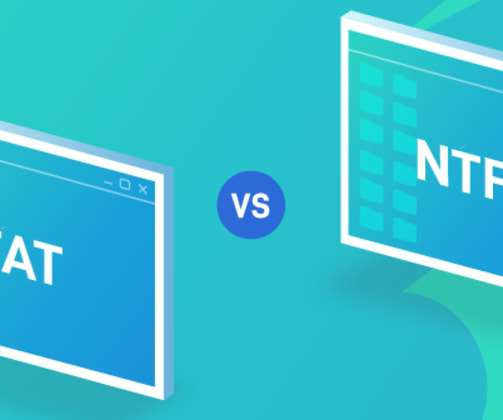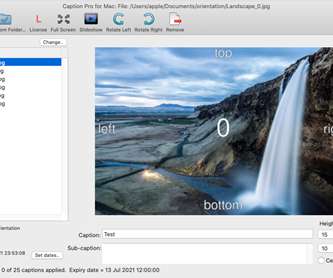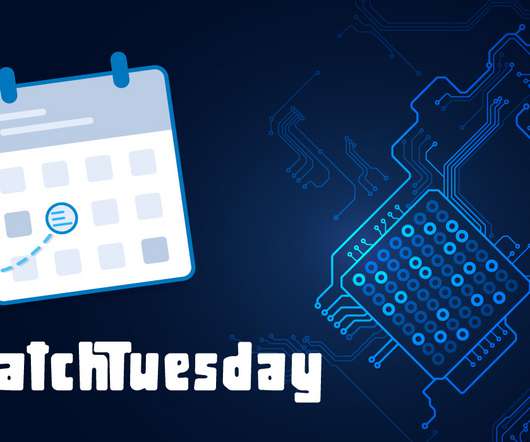Types of Operating System
The Crazy Programmer
MARCH 5, 2019
An operating system is the basic mechanism behind the working of the computer systems and mobile devices and so, understanding the operating system becomes very important from a user’s perspective. The various types of Operating systems are as follows: Types of Operating System.






























Let's personalize your content